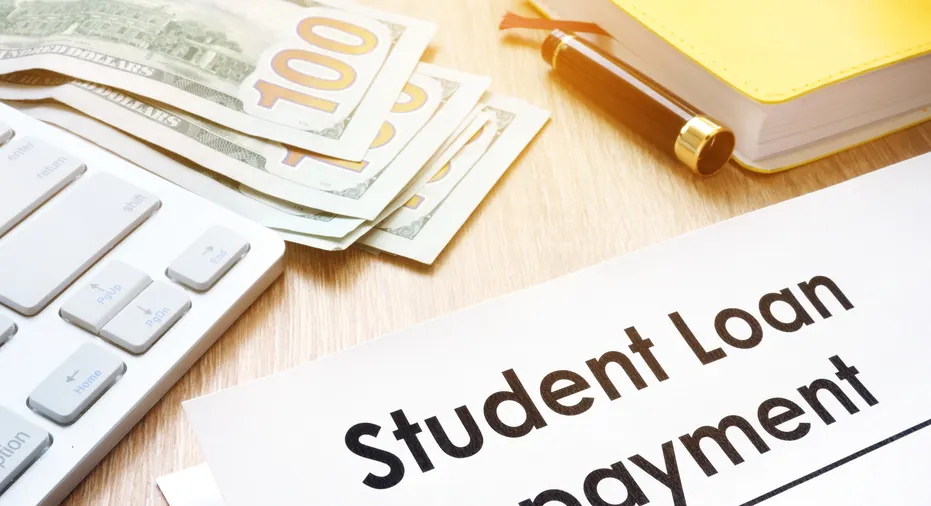Student Loan Debacle

The Dow Jones Industrial Average fell more than 1,000 points on Friday, caused apparently by Fed Chairman Jerome Powell’s attempt to use a brief speech to channel the ghost of Paul Volcker regarding how to manage inflation. Obviously, this was part of the market’s worries, but the stage was set when the Biden Administration announced a student loan forgiveness program last week. The only publicized the very superficial notions – and the superficial costs.
The executive order would send an already very bad student loan system – a system designed more to create jobs for academics than to really help students – into a new hyper drive, generating huge taxpayer costs, accelerate college costs, and signal a shift in resources toward the already bloated college sector, which is already a negative value-added proposition for students and our country.
The Biden Administration says the changes would cost $240 billion in the next ten years. The Committee for a Responsible Federal Budget says $440 – 600 billion. A budget model from Wharton says $1 trillion. But even that $1 trillion figure might be way too low.
The key is that, as bad as it is, the cancellation of some student debt that exists now is only a small part of the policy change. The much bigger change, and the one that the market has noted, is limiting future payments on debts to 5% of income, but only after the borrower’s income rises above roughly $30,000 per year. For example, if someone makes $70,000 per year, then no matter how much they borrow they’re limited to paying $2,000 per year (5% of the extra $40,000). After twenty years, any remaining debt would simply disappear. Here’s a look at how the incentives would work.
Choosing this “income-based repayment” system would be everyone’s choice. Select that and who cares whether their college charges $35,000 per year or $150,000. The incentive is now to pick the priciest college with the best amenities and pay for it all with federal loan money, because their repayments are capped. Meanwhile, students would have the incentive to take out loans greater than what they need because they can turn the excess into cash, which they could use to buy pretty much anything else because- who cares? The government would limit their future repayments.
Speaking of incentives – Colleges would have an incentive to enroll students even if they have horrible future job and earning prospects. By enrolling people no matter how poorly prepared they are, a college can charge whatever they want and get huge checks from the federal government. And the unprepared students won’t care because they really don’t have to pay it back. In effect, colleges could create massive and legal money-laundering schemes.
If this new proposal is implemented fully, college costs are poised to skyrocket. Interesting to me is this offers a new opportunity for America to see what a rip off College has become. Bloated admin, huge endowments, giant costs and the failure of most Degrees to deliver an economic advantage to alternative approaches. Meanwhile, the market is attempting to digest just how far from economic reality the White House has wandered. This political allocation of capital – aka buying votes – is a recipe for economic disaster.
As usual, standing by if you’d like to discuss or if I can be of assistance.